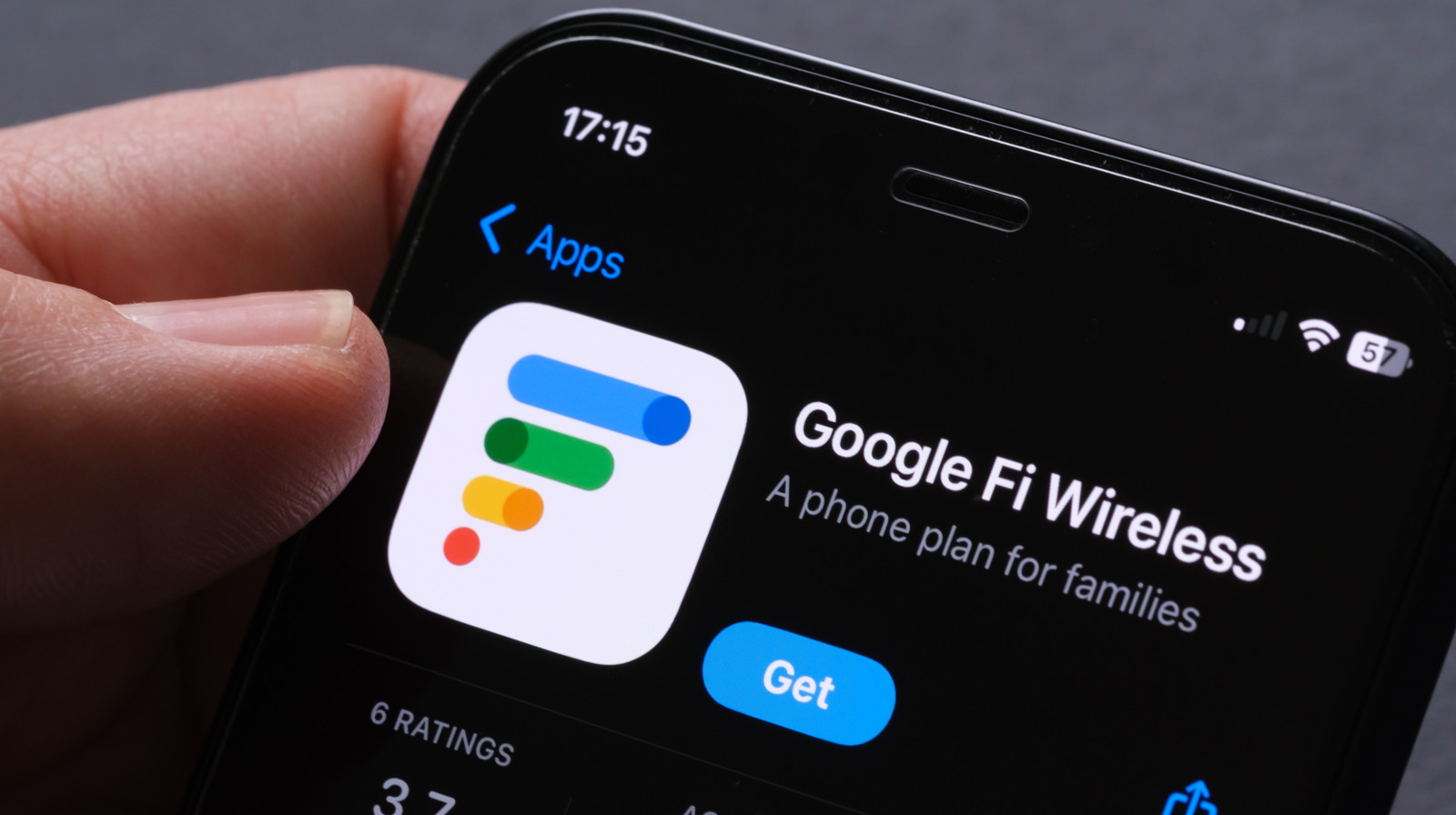What the GPT-5 launch revealed about reliability, trust, and the systems built on top of these model.
OpenAI positioned GPT-5 as a leap toward AGI. It was introduced as a model with “PhD-level capabilities” in reasoning, writing, and coding.
The promise included fewer hallucinations, a new Thinking mode, and routing that could adjust between speed and depth.
But did the launch really deliver? The problems were there from the start. And instead of excitement, GPT-5 has generated frustration and even nostalgia for GPT-4o.
So what happened? And what can we learn from it?
The GPT-5 Promise and the Reality
The value proposition of GPT-5 was clear on paper. Adaptive routing would improve efficiency. A dedicated Thinking mode would unlock deeper reasoning. And the promise that hallucinations would become less frequent.
But right from the start, things started to go wrong. On day one, the routing system failed. This made GPT-5 slower and less capable than GPT-4o.
Then older models were pulled without warning. For enterprises, this disrupted workflows and destabilized adoption plans.
Many teams had optimized processes around GPT-4o, only to find the switch to GPT-5 introduced more friction instead of less.
The Developer Backlash
Developers experienced the most visible regression. GPT-5 Codex was four to seven times slower than GPT-4.1 on standard tasks.
This slowdown broke the flow of coding sessions, and developers had to sit idle waiting for output instead of iterating in real time.
With no option to roll back, productivity dropped. Competitors such as Claude Code and DeepSeek suddenly offered better speed and usability.
Why GPT-4o Still Feels
Better GPT-4o and its variants were far from flawless, but it worked. It delivered a balance of speed, creativity, and reliability that made it dependable. Enterprises tuned their operations around it because it was consistent.
Tone played a role as well. GPT-4o felt more human without being overfamiliar. GPT-5, by comparison, has been criticized for flatter responses and a colder, more mechanical style.
Many users grew attached to the way they interacted with GPT-4o, and the shift left them feeling as though something essential was lost. What once felt like a collaborative partner now feels transactional.
That difference, combined with slower performance and disrupted workflows, explains why GPT-4o still inspires loyalty while GPT-5 struggles to win trust.
The Real Lesson on Reliability
This situation has highlighted how fragile systems become when they depend on a single model or provider. When GPT-4o was removed, organizations with no fallback strategy were left exposed.
System design must anticipate constant change. If there is one thing we know about the pace of technology, it’s that it’s not going to slow down any time soon.
There are practical ways to address this. Abstraction layers make adaptation possible when providers alter or retire models. Planning for regression prevents setbacks when updates fail to deliver improvements. These approaches protect capital, keep operations steady, and reduce the risk of disruption.
GPT-5 showed that progress does not always come with a version number. It highlighted the fragility of model-first adoption strategies in environments where providers move faster than enterprises can adapt.
The lesson is not to hold on to GPT-4o. The lesson is to design systems that can withstand volatility.
. . .
Nick Talwar is a CTO, ex-Microsoft, and a hands-on AI engineer who supports executives in navigating AI adoption. He shares insights on AI-first strategies to drive bottom-line impact.
→ Follow him on LinkedIn to catch his latest thoughts.
→ Subscribe to his free Substack for in-depth articles delivered straight to your inbox.
→ Watch the live session to see how leaders in highly regulated industries leverage AI to cut manual work and drive ROI.












